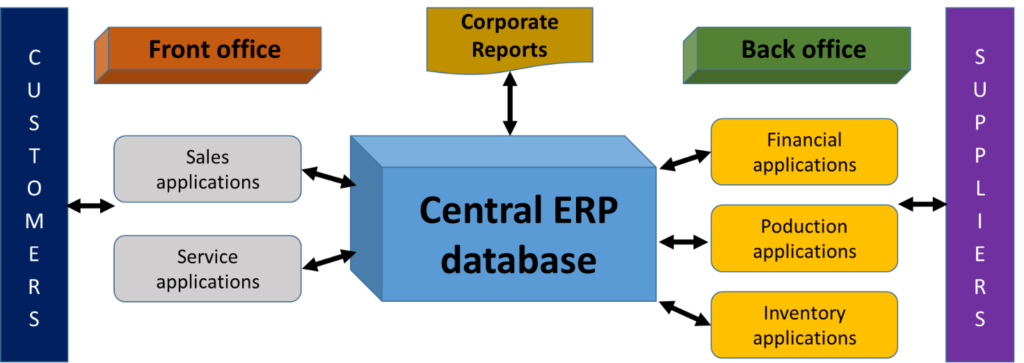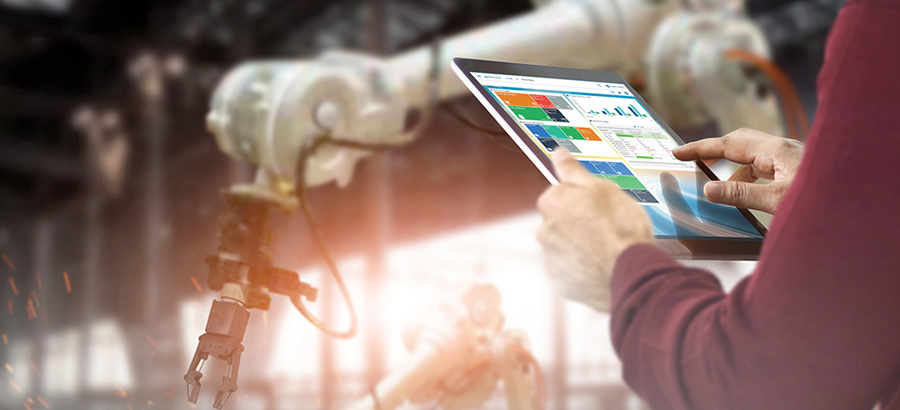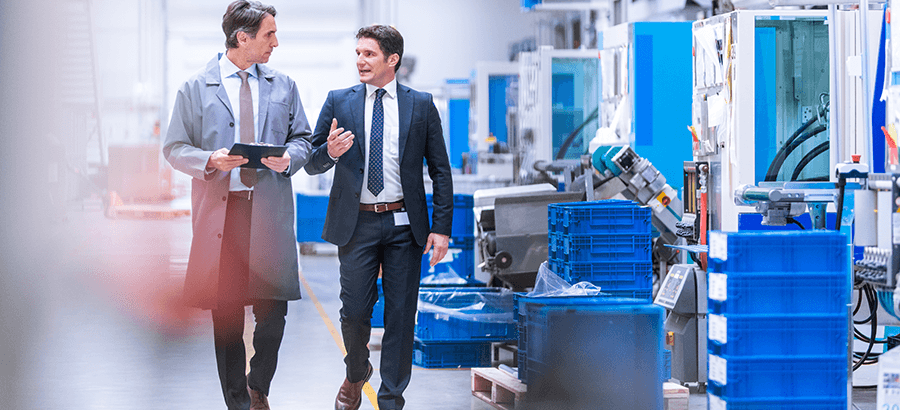Just over 100 years ago, when the world was going through its previous pandemic (the 1919 Spanish flu), the organizational structure of divisions and departments we accept as normal were only just being defined, by people like Alfred Sloan and Frederick Taylor. Businesses came up with methods, based on paper, to monitor performance, and memos to communicate. A lot has changed since then but many businesses are still stuck in a traditional way of doing things and have not updated their practices.
Question 1. Are you still operating your organisation with the same structures as you had maybe 20 or 30 years ago?
Question 2. Are you still communicating with paper memos?
While the answer to both is probably ‘No’, some companies have not moved on when it comes to managing the business. The fact is that the traditional world has changed, especially since 2020. Furthermore, change is no longer gradual in modern business. Technology has shifted the pace of change from incremental to exponential. Companies need software to help them manage, monitor, analyze and optimize how their business works.
How is Business Management Changing?
In the last 20 years, many companies all over the world have moved from paper and manual procedures for managing and monitoring operations to computer-based business systems called ERP (enterprise resource planning) systems. ERP systems are used by organizations to automate business processes such as taking customer orders, scheduling production operations, keeping inventory records and managing financial data.
Over the past 20-30 years, ERP applications have demonstrated that they can drive huge improvements in the effectiveness of an organization. Since the 1980s, the business world has moved from nobody using ERP systems – because the widespread deployment of computer systems didn’t start till the 1980s – to virtually every organization larger than a few people using some form of ERP software. Nowadays companies are at a competitive disadvantage if they don’t have some type of business system, like an ERP system, to help them operate efficiently and effectively.
What is an ERP System?
The term ERP was created in the early 1990s by the Gartner Group – here’s their full definition of it (Gartner Glossary). Basically, ERP systems are aimed at automating and integrating the front- and back-office functions of a company – accounting, purchasing, sales orders, production planning and management, HR, distribution, manufacturing, and customer service.
Why Use an ERP System?
If you are a manufacturer or distributor, you probably have been using an accounting system for a while, to keep a record of financial transactions and to monitor the financial well-being of your company. But how does your sales department keep track of quotations and sales orders? What does your warehouse manager use to record inventory; what is stored where, what comes in and what goes out?
ERP in Distribution
It’s not uncommon, and we see it even more so in Asia, to find sales and warehouse information still stored on pieces of paper or in spreadsheets, which sometimes only one person has access to. When an order is received, it is often first captured on a piece of paper, then an assistant will type the order into the spreadsheet, then copied (hopefully all without errors) into the accounting system. A similar thing happens with inventory data. The finance department is totally unaware of the status of orders and warehouse stock until someone manually enters the data into the accounting system. Therefore, the finance director and the managing director don’t have any idea how the business is doing at a specific moment in time to be able to make a quick decision.
That’s the primary reason why businesses invest in an ERP system. The system integrates the information that different departments create and use into a unified data source, in real time, and provides full visibility across the entire business operation.
For example, when a salesperson enters a new sales order in an ERP system, that information flows immediately and seamlessly into the accounting general ledger. When the warehouse manager needs new stock, they first complete an electronic purchase requisition, so finance knows what funds will be paid out. Once the new stock arrives, the quantity is loaded into the system which immediately updates the assets on the company balance sheet. The stock bought is reconciled against the purchase price and costs are automatically assigned.
ERP in Manufacturing
In manufacturing, when an order is placed, the production manager needs to know that the stock and parts needed to make an item are available in the warehouse. Those elements of the product are then withdrawn from the warehouse and assigned to a production task. Many sophisticated manufacturers use a Bill of Materials (or BOM) in their ERP system. This is a list of parts, items, assemblies, and other materials required to make a product, as well as instructions on the steps how to build the product from the materials. The BOM is like the recipe and shopping list for making a final product.
Without an ERP system which integrates all that information, no one would know what other departments are doing, management would have no idea how the business is performing and wouldn’t have the information to take corrective action if needed.
Concept of an ERP system

Benefits of an ERP System
What benefits can a business expect to get from an ERP system?
| Reliable information access | Greater accuracy about inventory |
| One source of information | Shorter time to perform accounting month-end close |
| Ability to grow | Improved order management and shipment |
| Accurate reporting | Easier for customers to do business with you |
| Manage profitability better | Streamlined processes to improve efficiency and productivity |
| No data duplication | Visibility of processes and operations across department |
| Reduced manual operations | Optimize use of production capacity |
| More efficient use of inventory | Better coordination between departments |
By integrating business processes and functions, an ERP solution allows people to work together in different parts of the organization towards a set of common purposes. An ERP system ensures that each business process and function contributes to, not detracts from, the functioning of all the other business processes. The cumulative positive effect when business processes integrate well is overall superior performance by the organization.








1 thought on “What is ERP and How Does it Benefit Manufacturers and Distributors?”
How interesting that you discuss ERP in regard to distribution businesses. I am starting a new business this year. I will find a good corrective action software to assist with this in my area.